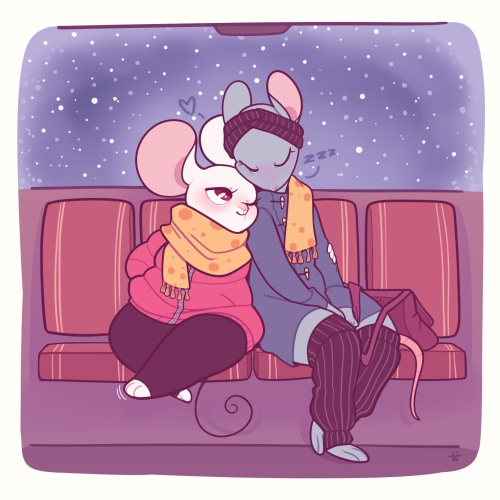Solar System By Jian Guo On Inprnt
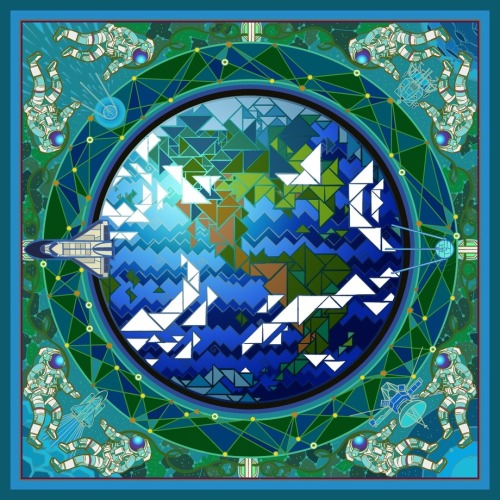

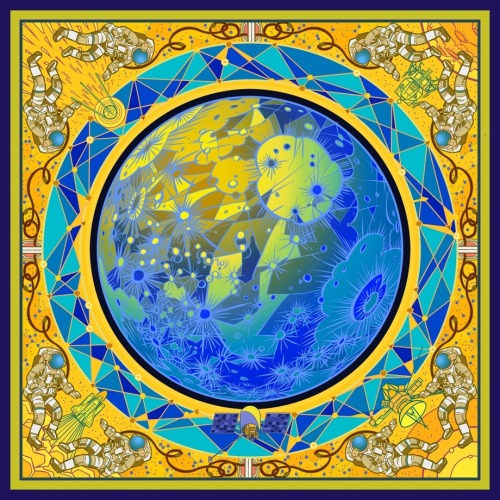

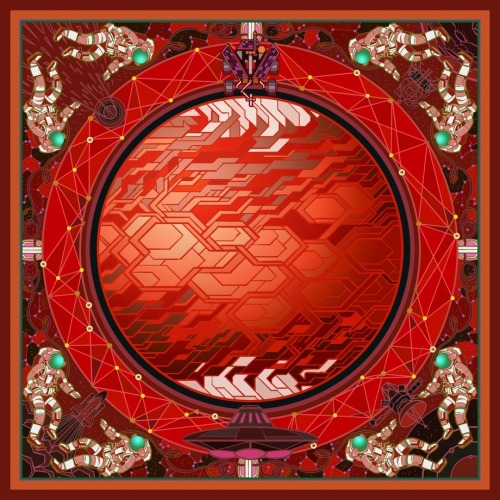
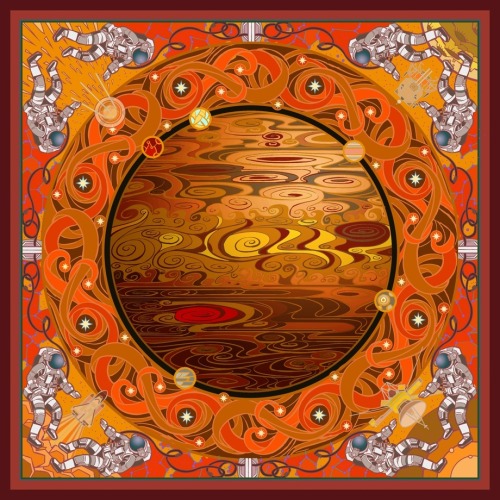
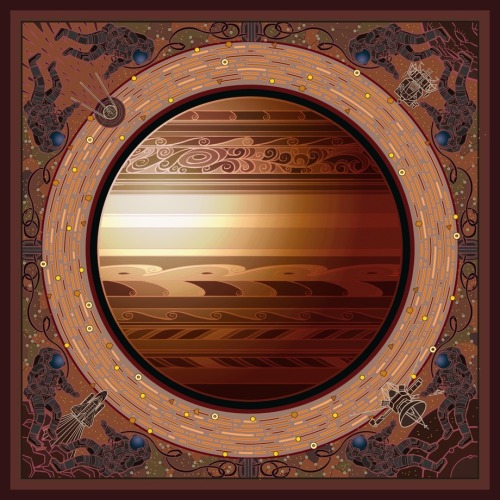

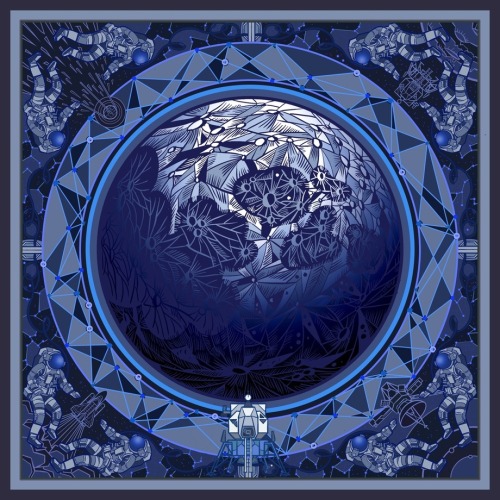
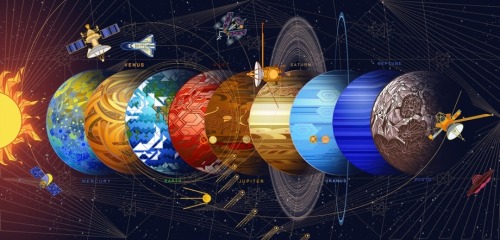
Solar System by Jian Guo on inprnt
See more illustration
So Super Awesome is also on Facebook, Pinterest and Instagram
More Posts from Othermanymore and Others
QUICK
FREE ART PROGRAMS I USE AND RECOMMEND
MEDIBANG PAINT PRO
FIREALPACA (the lightweight version of the above and really good for a slow computer)
GIMP (I use this primarily for editing purposes not drawing).
KRITA
WHERE I GET MY SUPPLIES:
JETPENS Check it out!!!
Jerry’s Artarama
Dick Blick
REFERENCE FOR DRAWING PRACTICE
jademacalla
null-entity
senshistock
posemaniacs
DIGITAL ART STUFF
Palette Generator

Color Blender

CHARACTER DESIGN STUFF?
Comparing Heights
Body Visualizer





REFERENCE CONCEPTARTWORK!

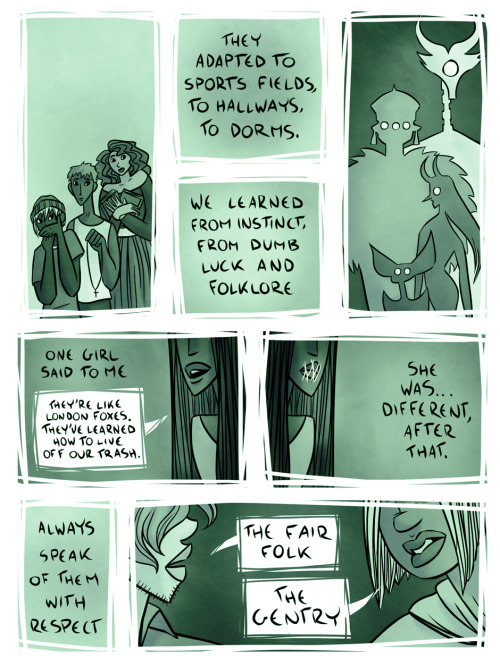
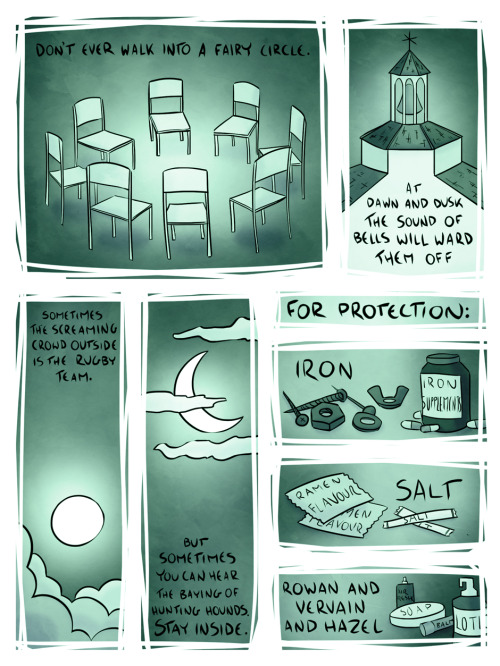
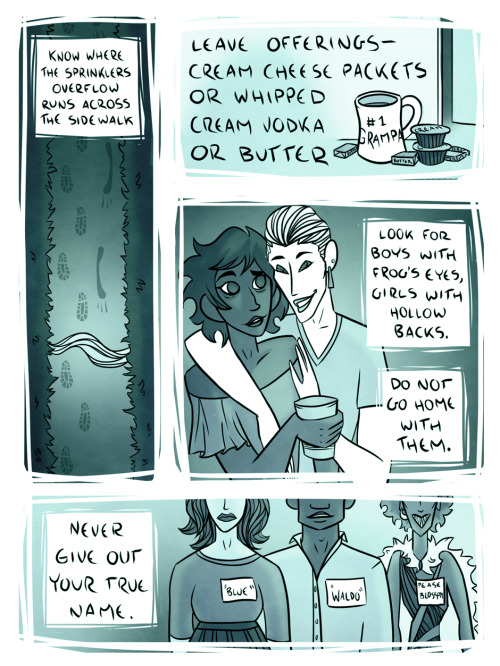


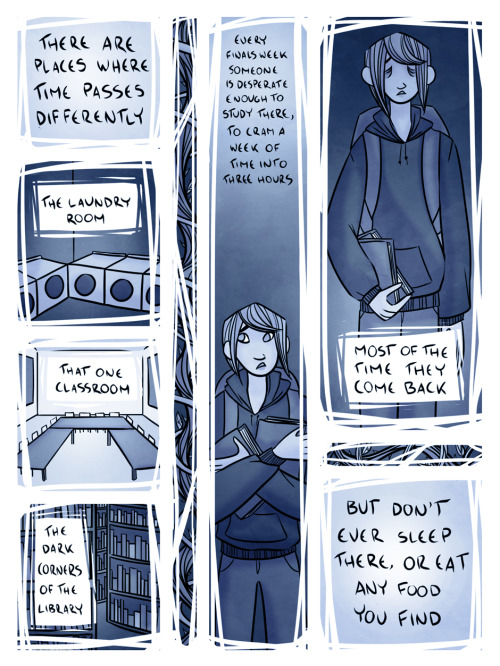

Coexisting With The Fair Folk Who Have Taken Up Residence In/Around/Beneath Your University: A How-To Guide
See more of my comics here, and my art here!
Whole bunch of lore/things I couldn’t fit/everything I love about the overlap in superstition and General College Weirdness below the cut-
Keep reading
100 Resources to Help You Write Your Novel
The biggest challenge to writing a novel is enduring to the final two words—THE END. Between the first line and the last are questions, choices, doubts. Sometimes they get the better of us, sometimes and we quit before the draft is complete.
The following articles contain insights, inspiration, maps and methods, answers to questions, and myriad tools to get unstuck.
The Idea
Story arises from the impetus that starts the imagination on a quest to create a world in which the idea can grow in a movement toward meaning. Learn how to generate, recognize, and test your story ideas.
The Idea
Where Ideas Come From
Follow the Story
Keeping Confidence When Sails Deflate
What If?
What’s In A Title?
Storm Clouds
Wrong Turn
Obsession
Turn A Taboo
Cerebral Cinema
Heard It Through the Grapevine
Enter Stranger
Mad, Mad World
The Myth of Marital Bliss
A Picture’s Worth 1000 Words
Quotes for Writers
Photo Gallery Prompts
Theme & Premise
Theme is the tangential force that unifies story elements and instills those elements with meaning. From theme, the writer weighs in with a premise, and the story gains its philosophical, psychological, or spiritual spine. A well-crafted premise forces the writer to identify a main character, a central conflict, and a general plot. Like a mini-outline, the premise illuminates the story’s best course.
Understand the dynamics of theme and premise, learn how to differentiate and utilize the two.
Every Story Needs a Theme
Two Sides To Every Story
All-American Theme
How to Write a Story Premise
Plot Structure & Development
Story is a record of years, weeks, days, while plot derives and conveys meaning from a span of years, weeks, days. A hero wants something, goes after it despite opposition, and arrives at a win, lose, or draw. Unlike a chronicle of events (when someone says this happened, then this, then that) plot is dynamic. Plot is an interplay of forces coming together, pushing against each other, incrementally advancing while simultaneously coming to a boil, and ultimately achieving equilibrium.
Discover how to maximize the physics of drama.
The Physics of Drama
Plot Structure in Three Acts
Plot: The Inciting Incident
Plotting Your Novel’s Middle
Plotting the End of the Middle
Plotting the End
Something Happened
The Moment of Clarity
Filling the Emotional Void
Balancing the Plot Triad
Balancing the Plot Triad Part II
Creativity Abhors a Box
The Outline
An outline provides milestones along a story’s route and makes sure the writer hits his plot points while steering clear of detours. Of course, some wrong turns amount to genius, but an outline can help to identify what is genius and what is superfluous.
To Outline or Not To Outline
The Outline as Plot Development
Outline in Three Acts
Outlining The Ten Story Elements
Outlining The Ten Story Elements Cont’d
Creating Characters
Knowing what your characters need from you to take on a distinctive persona is integral to their creation and the success of your novel.
What goes into a great first line—a line so promising that readers commit to the next two chapters?
Characters & Plot
Memorable Characters
Identifiable Characters
Test of Time
The Character Profile
From Backstory to Front
The Heart of Character
Prince By Palace
Thoughts
Body Language
As A Man Speaks
Words Portray Character
Opinions
Actions
Through Another’s Eyes
Pressure
Character Check
A Unique Brand of Nice
Creating Funny Characters
The Fatal Flaw
Fatal Flaws in Literature, Film, & Television Characters
The Character Arc
The Enneagram Personalities
The Enneagram in Literature
By Any Other Name
Fiction’s Best Characters
Joseph Heller’s Yossarian from Catch-22
Anne Tyler’s Maggie Moran from Breathing Lessons: A Novel
The Lead
What goes into a great first line—a line so promising that readers commit to the next two chapters?
Your Novel’s All-Important Lead
Begin With Character
Begin With Place
Begin With Questions
Begin With Answers
Begin With The Problem
Begin With The Unprecedented
Pencil In a Title
7 Ways NOT to Begin Your Novel
100 Best Opening Lines
The Ending
What goes into a great ending—an ending so satisfying that readers commit to buying your next novel?
Endings Part I
Endings Part II
100 Best Novel Endings
Dialogue
The dos and don’ts of writing dialogue that will move your story forward while establishing characters.
Dialogue Part I
Write Between the Lines
Dialogue Is Adversarial
Internal Monologue
He Said, She Said
Dialogue Checklist
Humor
Everyone enjoys a laugh, but some writers are better than others when it comes to getting a chuckle from their readers. As E.B. White wrote, “Humor has a certain fragility, an evasiveness which one had best respect.” But understanding the patterns and repetitions that breach expectations, writers are able to craft the benign violations that tickle the brain and add to the texture of any genre piece.
Humor in Literature
The 1, 2, 3 of Humor
Humorous Imagery
Humorous Word Choice and Arrangement
Words With a Humorous Ring
Characters That Get Us Laughing
Humor Writing Exercises
Edits & Revisions
Editing is everything. Know what to look for and how to self-edit your novel.
Editing Your Manuscript
Editing Your Manuscript Part II
Re-Vision
Re-Vision Part II
Editing Checklist
TWITTER I FACEBOOK I GOOGLEPlus I PINTEREST I WEBSITE
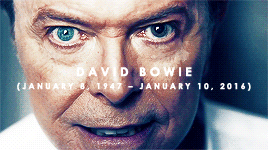
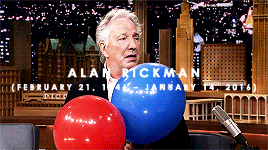
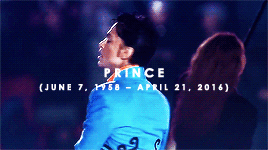
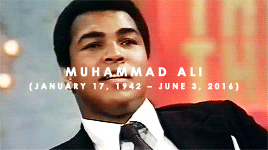
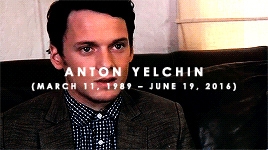
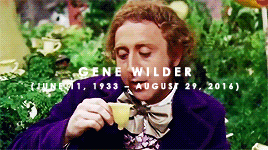
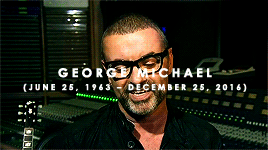
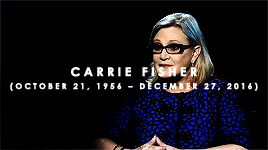
In memory of some of the amazing, talented and beautiful people we have lost this year. May they rest in peace.
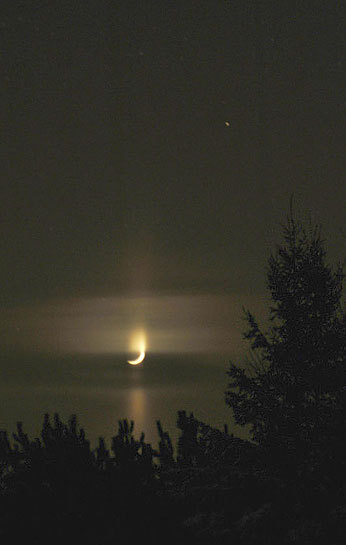

Moon pillars are a type of light pillar. Moon pillars occur when the Moon is low enough in the sky to be close to the horizon. The ice crystals involved are generally flat or columnated, allowing a vertical beam of light to reflect above and below the Moon in a straight line. (Source)
-
 margindoodles2407 liked this · 3 weeks ago
margindoodles2407 liked this · 3 weeks ago -
 seeking-elsewhither reblogged this · 3 weeks ago
seeking-elsewhither reblogged this · 3 weeks ago -
 thelovelywarriorsheart liked this · 1 month ago
thelovelywarriorsheart liked this · 1 month ago -
 careful-knives reblogged this · 1 month ago
careful-knives reblogged this · 1 month ago -
 cosmicgendershifter reblogged this · 1 month ago
cosmicgendershifter reblogged this · 1 month ago -
 no-waynot-now-blog liked this · 1 month ago
no-waynot-now-blog liked this · 1 month ago -
 kurovera liked this · 1 month ago
kurovera liked this · 1 month ago -
 cat-mermaid reblogged this · 2 months ago
cat-mermaid reblogged this · 2 months ago -
 fromthemouthofkings liked this · 4 months ago
fromthemouthofkings liked this · 4 months ago -
 library-cryptid reblogged this · 4 months ago
library-cryptid reblogged this · 4 months ago -
 you-are-not-real reblogged this · 4 months ago
you-are-not-real reblogged this · 4 months ago -
 you-are-not-real liked this · 4 months ago
you-are-not-real liked this · 4 months ago -
 blunt-force-therapy reblogged this · 4 months ago
blunt-force-therapy reblogged this · 4 months ago -
 little-flame-prince reblogged this · 6 months ago
little-flame-prince reblogged this · 6 months ago -
 pumpkinstep reblogged this · 6 months ago
pumpkinstep reblogged this · 6 months ago -
 visoreyes liked this · 6 months ago
visoreyes liked this · 6 months ago -
 nyull-paradox reblogged this · 6 months ago
nyull-paradox reblogged this · 6 months ago -
 nyull-paradox liked this · 6 months ago
nyull-paradox liked this · 6 months ago -
 cat-mermaid reblogged this · 6 months ago
cat-mermaid reblogged this · 6 months ago -
 cat-mermaid liked this · 6 months ago
cat-mermaid liked this · 6 months ago -
 visoreyes reblogged this · 6 months ago
visoreyes reblogged this · 6 months ago -
 thoughtsofagodlovingsunflower liked this · 7 months ago
thoughtsofagodlovingsunflower liked this · 7 months ago -
 izabella-miniforce-x liked this · 7 months ago
izabella-miniforce-x liked this · 7 months ago -
 gettothedancing reblogged this · 8 months ago
gettothedancing reblogged this · 8 months ago -
 valleybehindbricks reblogged this · 9 months ago
valleybehindbricks reblogged this · 9 months ago -
 valleybehindbricks liked this · 9 months ago
valleybehindbricks liked this · 9 months ago -
 diegeticdivinity reblogged this · 10 months ago
diegeticdivinity reblogged this · 10 months ago -
 your-c-l-fansonic576-me liked this · 11 months ago
your-c-l-fansonic576-me liked this · 11 months ago -
 art-of-terry-two reblogged this · 11 months ago
art-of-terry-two reblogged this · 11 months ago -
 purple-parker reblogged this · 11 months ago
purple-parker reblogged this · 11 months ago -
 precisely-parker liked this · 11 months ago
precisely-parker liked this · 11 months ago -
 mercury-sappho liked this · 11 months ago
mercury-sappho liked this · 11 months ago -
 therealityhelix reblogged this · 11 months ago
therealityhelix reblogged this · 11 months ago -
 nurry-general reblogged this · 1 year ago
nurry-general reblogged this · 1 year ago -
 zenari-astralis reblogged this · 1 year ago
zenari-astralis reblogged this · 1 year ago -
 behindglasseyes reblogged this · 1 year ago
behindglasseyes reblogged this · 1 year ago -
 behindglasseyes liked this · 1 year ago
behindglasseyes liked this · 1 year ago -
 zenari-astralis liked this · 1 year ago
zenari-astralis liked this · 1 year ago -
 ka-binko reblogged this · 1 year ago
ka-binko reblogged this · 1 year ago -
 ka-binko liked this · 1 year ago
ka-binko liked this · 1 year ago -
 dead-immortal reblogged this · 1 year ago
dead-immortal reblogged this · 1 year ago -
 blunt-force-therapy reblogged this · 1 year ago
blunt-force-therapy reblogged this · 1 year ago -
 starrysky41 reblogged this · 1 year ago
starrysky41 reblogged this · 1 year ago -
 pepsiman1999 liked this · 1 year ago
pepsiman1999 liked this · 1 year ago -
 royalninja liked this · 1 year ago
royalninja liked this · 1 year ago -
 soptastic reblogged this · 1 year ago
soptastic reblogged this · 1 year ago -
 swhhdr-wthhr liked this · 1 year ago
swhhdr-wthhr liked this · 1 year ago
